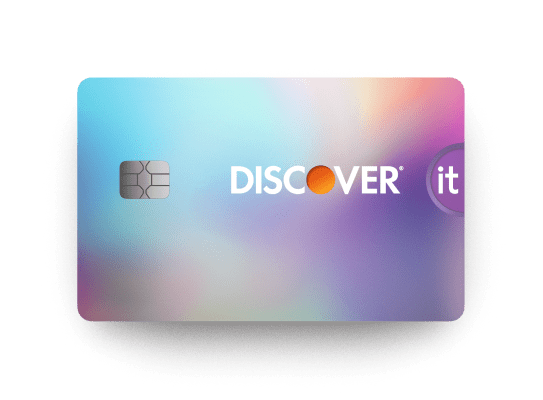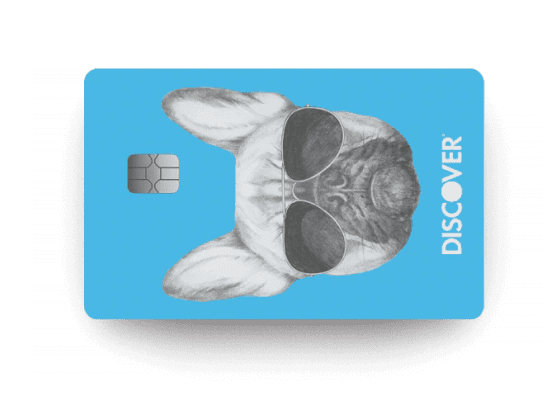For many young adults, a student credit card is an early introduction to the world of consumer credit cards and building credit. Compared to regular credit cards, student credit cards offer lower credit limits, which make it easier for students to pay back balances.

Understanding Credit Card Limits for Students
4 min read
Last Updated: February 13, 2025
Next steps

See if you're pre-approved

Learn about Discover student credit cards
See rates, rewards and other info
You may also be interested in
Was this article helpful?
Was this article helpful?





